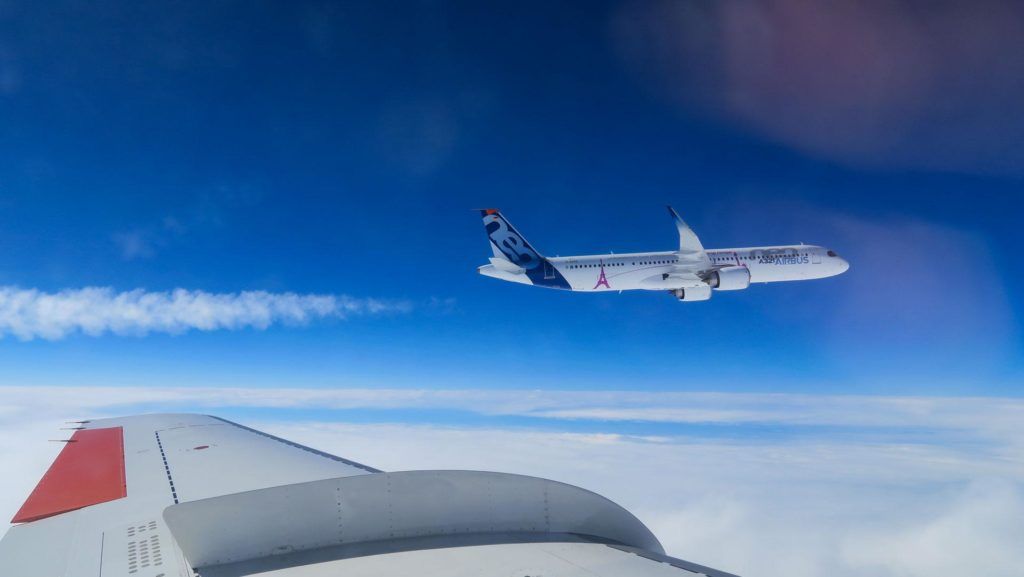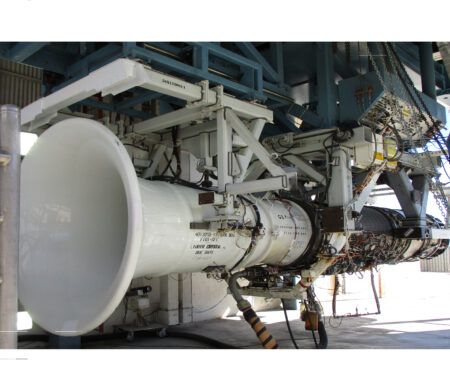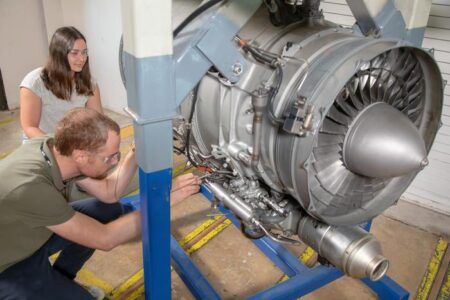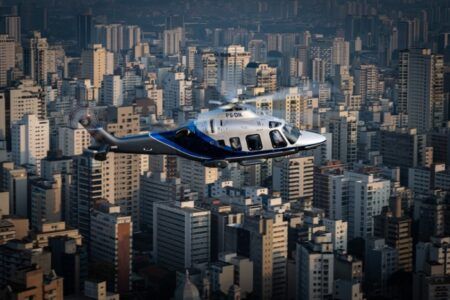German researchers from DLR and Airbus are conducting a series of flight tests to measure the emissions from sustainable aviation fuels using an A321neo airliner.
The research flights, which started at the end of February are being conducted until the end of this month in specially reserved airspaces off the coast of France.
German aerospace research agency DLR is using its Falcon 20E research aircraft to fly ahead of the A321neo and measure the emissions and contrail formation from the A321neo.
The Airbus A321neo is using 100% SAF in both engines for the first time. Sensors and instrumentation onboard the Falcon 20E research aircraft are measuring the emissions and ice crystals formed in the aircraft’s exhaust plumes.
The flight tests are part of the VOL avec Carburants Alternatifs Nouveaux (VOLCAN) and the DLR Neofuels project. Partners on the project include Safran, Dassault Aviation and French research agency ONERA.
SAF, which has been shown to reduce the emissions of air travel by up to 80%, can currently only be used in aircraft up to a maximum blend of 50%. Most major aero-engine manufacturers and aircraft OEMs are investigating the use of 100% SAF blends.
While sustainable aviation fuels can reduce the climate impact of aviation, there are concerns over the increased formation of contrails.
The aim of the current flight tests is to measure the emissions from lean-burn combustion and to investigate the resulting contrail formation. According to DLR, a key question is whether other particles can lead to the formation of contrails, even when the soot emissions have already been reduced.
The A321neo is powered by CFM Leap-1A lean-burn engines that produce very little soot.
DLR Project Leader Christiane Voigt from the DLR Institute of Atmospheric Physics said, “We are particularly interested in how ice crystals form when several orders of magnitude less soot is emitted by the CFM Leap-1A engines in lean-burn mode.
“To do this, we will use the Falcon to conduct emission measurements both in the near field, approximately 100m behind the A321neo, as well as in the contrails in the far field at distances of several kilometres.”
The flight test program comprises of 15 flights. Different variants of Hydro-processed Esters and Fatty Acids (HEFA) SAF are being tested under various modes of engine operation. HEFA is derived from used cooking oil and other waste fats, and is free of cyclic hydrocarbons (aromatics) and sulphur.
100% SAFs with no aromatics have several benefits such as the reduced generation of soot particles during combustion. This can also lead to a reduction in ice crystals that form on the soot. Reducing ice crystals and contrail formation can significantly reduce climate effects, as DLR has demonstrated together with NASA.
VOLCAN and Neofuels are the latest in a series of DLR flight tests to characterize the emissions of synthetic fuels, which started in 2015 with ECLIF1. These flight tests were continued in 2018 with the ECLIF2 campaign in collaboration with NASA. During the ECLIF3 campaign in 2021 the first emission measurements were conducted during flight tests using 100% SAFs on an A350, in partnership with Airbus and Rolls-Royce.





